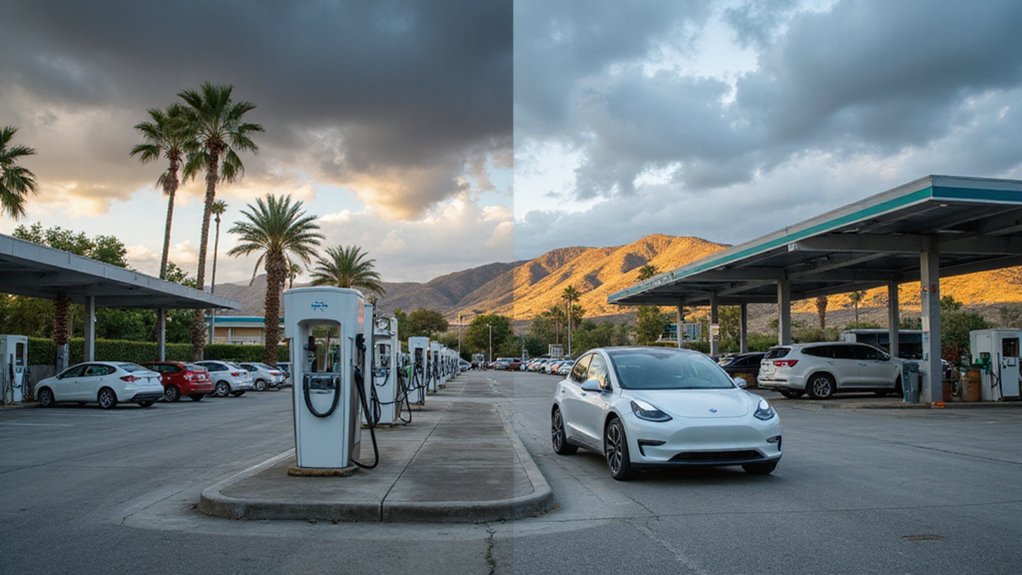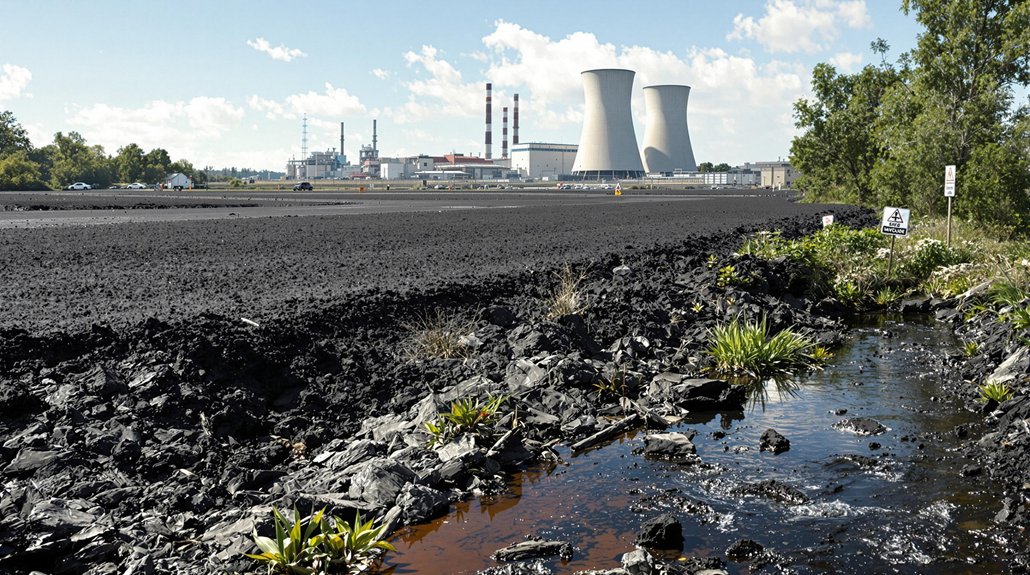The maze of regulations surrounding LNG terminals might leave your head spinning. Between the Clean Air Act and Clean Water Act, these massive facilities operate under a tangle of permits, approvals, and environmental regulations that would make any corporate lawyer sweat. And yet, somehow, these energy giants keep finding ways to slip through the cracks.
Every single LNG terminal in America has been caught breaking pollution laws at some point. Every. Single. One. The rules aren’t exactly optional, folks. LNG facilities must follow the Clean Air Act requirements, which involve that pesky New Source Review process. Major pollutant sources face Prevention of Significant Deterioration permits. Areas already choking on bad air? Those get hit with nonattainment NSR requirements.
Water pollution doesn’t get a free pass either. The Clean Water Act demands permits too. But compliance? That’s apparently more of a suggestion than a requirement for these industrial behemoths.
The process is supposed to work like this: Get your permits. Prove you won’t poison the neighborhood. Then—and only then—start construction. Easy, right? Apparently not.
These terminals release a cocktail of pollutants that the EPA has spent decades trying to regulate. Nitrogen oxides. Sulfur dioxide. Particulate matter. The stuff that burns your lungs and triggers asthma attacks. The stuff that settles in waterways and kills fish. That stuff.
State agencies and the EPA share enforcement responsibilities. They’re supposed to be the watchdogs, catching violations before they happen. But with limited resources and powerful industry lobbyists breathing down their necks, oversight often falls short. Regulators largely depend on self-reporting from the LNG companies themselves, creating a fox-guarding-the-henhouse scenario.
Meanwhile, communities near these facilities bear the brunt. They breathe the emissions. They drink the water. They deal with the consequences.
The regulations exist for a reason. But without proper enforcement, they’re just words on paper. And LNG terminals know it. They’ve calculated the risk of non-compliance and found it’s often cheaper to pay fines than follow the rules. States have issued 15 air enforcement actions resulting in only about 1 million dollars in penalties – barely a slap on the wrist for these massive operations. Business as usual in America’s energy sector.
References
- https://environmentalintegrity.org/news/boosted-by-trump-administration-lng-industry-violates-pollution-limits/
- https://www.desmog.com/2025/10/29/major-american-lng-exporters-habitually-break-air-pollution-laws-report-finds/
- https://www.epa.gov/sites/default/files/2015-08/documents/lng_regulatory_roadmap.pdf
- https://www.phmsa.dot.gov/pipeline/liquified-natural-gas/lng-regulatory-documents
- https://oilchange.org/blogs/exposing-how-lng-terminals-in-the-us-are-permitted-to-kill/
- https://e360.yale.edu/features/trump-europe-china-lng








